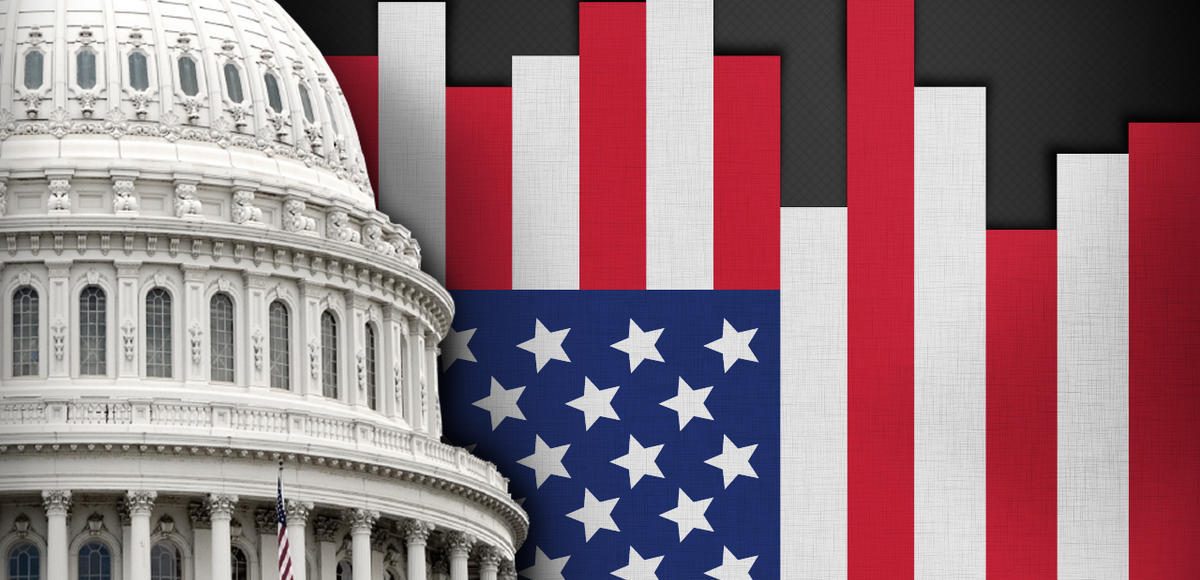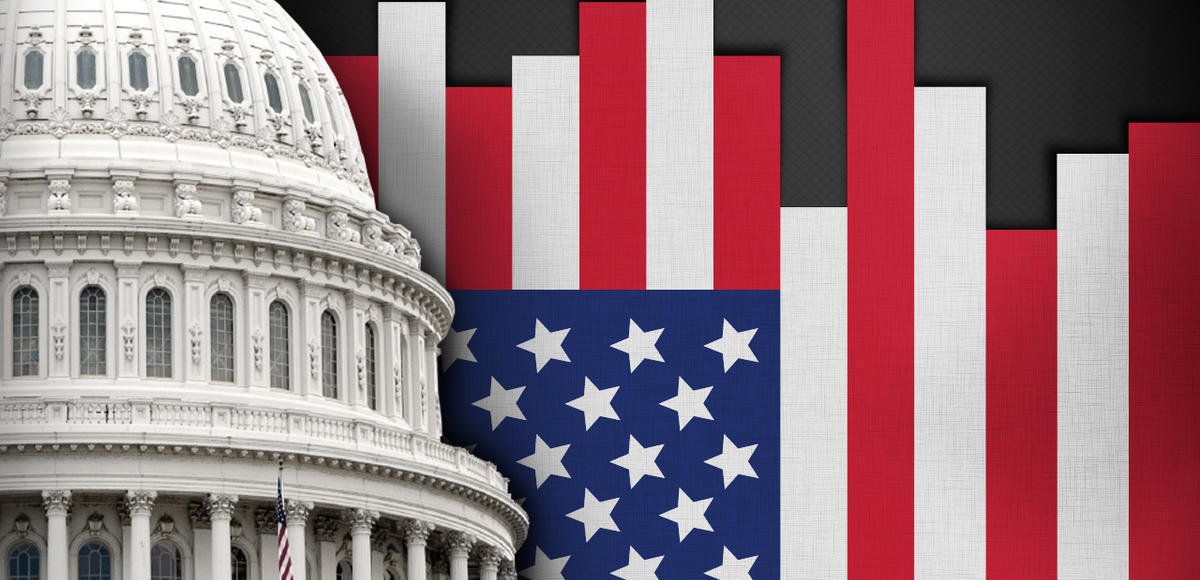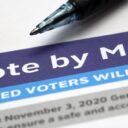

Media polls promulgate a midterm message of Republican collapse and Democratic success. They primarily rely upon the “generic ballot” national vote. How accurate was that media generic ballot polling the last time we faced a comparable circumstance: a controversial Republican incumbent and a GOP-controlled House?
In 2006, media institutions and universities conducted 75 surveys testing the generic ballot before Labor Day. How many of those 75 polls over-estimated the Democratic vote? Sixty-seven (67) of the 75. How many media polls under-estimated the Democratic vote? Seven (7) of the 75. How many media polls hit the target right on? One (1) of the 75 (It was Fox).
The median media poll over-estimated the Democratic vote by 4 points; the mean media poll also over-estimated the Democratic vote by 4 points. Take a glance at the averages by media outlets using the same pollsters this cycle:
| Poll | Result |
|---|---|
| ABC News | Democrat +13 |
| NBC News | Democrat +11 |
| CBS News | Democrat +11 |
| Bloomberg News | Democrat +13 |
| Washington Post | Democrat +13 |
| Wall Street Journal | Democrat +11 |
| New York Times | Democrat +11 |
| Ipsos | Democrat +13 |
A few of the forecasts during the pre-fall season highlight the error rate: AP forecast a 20 point lead, Cook Political Report forecast a 20 point lead, CNN forecast a 22 point lead, ABC forecast a 15 point lead, Gallup forecast a 16 point lead, NPR forecast a 15 point lead, and so forth. The “margin of error” explanation cannot explain why the error overwhelmingly favored Democratic votes, a trend evidence since the inception of media polling of the generic ballot since the 1970’s.
This only begins to hint at the media polling problems for this cycle. Since 2012, there has been an earthquake in the foundations of polling. Polling has always been half art, half science. Telling the world you know what 100,000,000 voters are going to do based on talking to 1,000 people has always required as much artistic intuition as scientific skill. More and more pollsters employ their skillset to placate their media employers and polling “experts” (overwhelmingly liberal) rather than forecast accurately.
Equally, the science of polling faces unique barriers since 2012: first, the widespread use of cell-phone technology muted the effectiveness of landline polling, which shaped the cornerstone of polling since the 1970s; second, the incredibly low response rate of the public removed the “random” quotient in public opinion surveys, an essential predicate to the scientific pretensions of public opinion polls. Smart pollsters employ the new technology of online access to moderate the impact of these technology trends, but the media continues to ignore these techniques, refusing most online surveys and rejecting the IVR technology that can increase the number of responses for phone polls.
The first real test of this effect came in 2014. How did the national media generic ballot polls perform in the pre-fall 2014 surveys?
| Poll | Result |
|---|---|
| ABC News | Democrat +1 |
| CNN | Democrat +1 |
| CBS News | Democrat +2 |
| Bloomberg News | Democrat +0 |
| NPR | Democrat +2 |
| Quinnipiac University | Democrat +1 |
| Marist | Democrat +2 |
| Gallup | Democrat +3 |
Republicans won the house vote nationally by 6 points in 2014. In other words, a Democratic media bias in 2006 of +4 over-estimating the Democratic vote turned into a 7 to 8 point bias in 2014, as the media over-relied on cell-phone surveys, a method of surveying that has no track record of success, especially in an era of low-response rates.
NBC News, CNN and Pew Research were each predicting a dead heat on Election Day. It is no wonder that both Pew and Gallup — the longest standing presidential year independent pollsters — both abandoned presidential ballot polling in the 2016 election. They know as much as anybody the unreliability of modern cell-heavy live phone polling in a low-response-rate era.
Another reason this is significant is Democrats likely need to perform better in the national vote in 2018 than they did in 2006; a 2006-sized victory likely leaves them short of a majority in either chamber of Congress, due to GOP control of state-level redistricting in 2010, and the stack-and-pack mentality of Democratic voting constituencies (overwhelmingly living in the same compacted areas, rather than in more ideologically diverse neighborhoods).
Upshot?
First, you cannot trust the media’s favorite polling analysts to be honest or accurate, when they refuse to tell their audience about this manifest bias in media generic ballot polling. Second, adjust media polls by 3 to 6 points in GOP’s favor to assess the true state of the race. Third, even with the likely turnout edge come fall, Democrats likely need a stable double-digit lead in the generic ballot to have a chance at taking either chamber come fall.
So far, they are, like the media’s polling reliability, coming up short.
Robert Barnes is a high-profile criminal defense lawyer and has been dubbed by the media as America’s most successful political gambler. Learn more at Barnes Law LLP.







Rubea Ross / April 1, 2018
Polls can be made to produce whatever results the pollster is looking for. Simply the wording of questions can result in totally different answers..
/